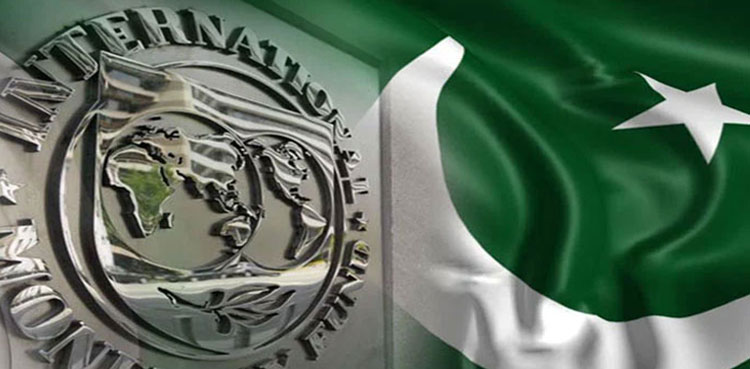Caretakers make record borrowing from banks
The caretaker government of Prime Minister Anwaarul Haq Kakar has made a record borrowing of almost Rs4 trillion from banks so far.
The economy, already crushed under a huge debt burden, may witness an unprecedented increase in borrowings at the end of 2023-24 on June 30 as the amount has already surpassed the total borrowed in the entire FY23.
The State Bank of Pakistan’s data showed that the government borrowed Rs3.99tr from July 1 to Jan 19, 2023-24 against Rs1.398tr in the same period last year, reflecting an increase of 185 per cent.
This may be strange for many, as the government has been collecting revenues beyond the target set for six months. Despite higher liquidity, the government has been borrowing desperately to meet increasing expenses.
Sources, quoting the Ministry of Finance, said that average inflation of over 28pc in the seven months of this fiscal year helped the government generate more revenues. However, the high inflation has increased spending as well, forcing the ministry to borrow more from banks.
Poor economic growth hinders sufficient revenue generation
However, researchers and analysts said that poor economic growth is not generating enough revenue to run the government, which is facing huge domestic and foreign debts along with rising pressure to pay the circular debts of the power sector that has reached Rs5.7tr.
This Rs4tr borrowing is too costly for the government, as returns are about 21pc and have remained around the same during the entire fiscal year FY24, so far.
Not only experts, but the government also accepts that costly borrowing is a great pain for the economy, already bleeding as it has to pay more than 50pc of the budget outlay as debt servicing.
“The caretakers, as well as the previous 16-month governments, have failed to stop this bleeding. Instead, both governments were dependent on borrowings,” said a senior banker.
The banks are the main beneficiaries of this costly borrowing. Most banks have succeeded in doubling their profits in the calendar year 2023.
In FY22 and FY23, total government borrowings from banks were Rs3.448tr and Rs3.716tr, respectively. Analysts watching the situation in the background of the general elections and the formation of a new government are not hopeful for lower borrowing in the coming months.
The general elections will be held on Feb 8, and the formation of a new government may take up to two months. The entire period will remain surrounded by a high degree of political uncertainties, which would be a negative scenario for stakeholders of the economy. One thing is clear no investment will flow in during growing political uncertainties.
Political analysts in Pakistan and outside the country believe that the general elections being held on Feb 8 are critical, not normal, meaning no attraction for investors, even for domestic investors.
The economy has already slowed down; the IMF said GDP for FY24 is about 2pc, and the central bank is unable to offer cheaper money for growth. The high-cost money with a base rate of 22pc is not feasible to make any venture profitable.
“The future of growth in FY24 is bleak like it was in FY23 when the economic growth rate was negative by -0.6 per cent,” said a head of research.
SOURCE:
https://www.dawn.com/news/1811515/caretakers-make-record-borrowing-from-banks























